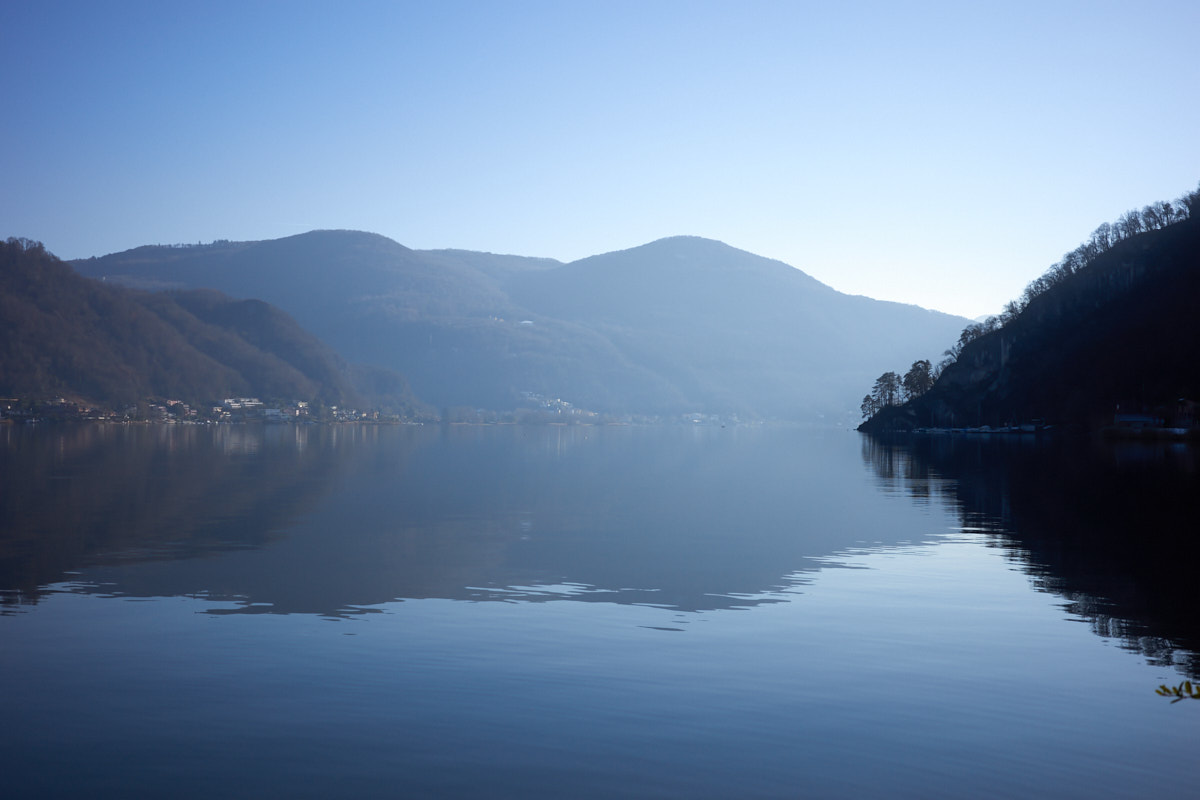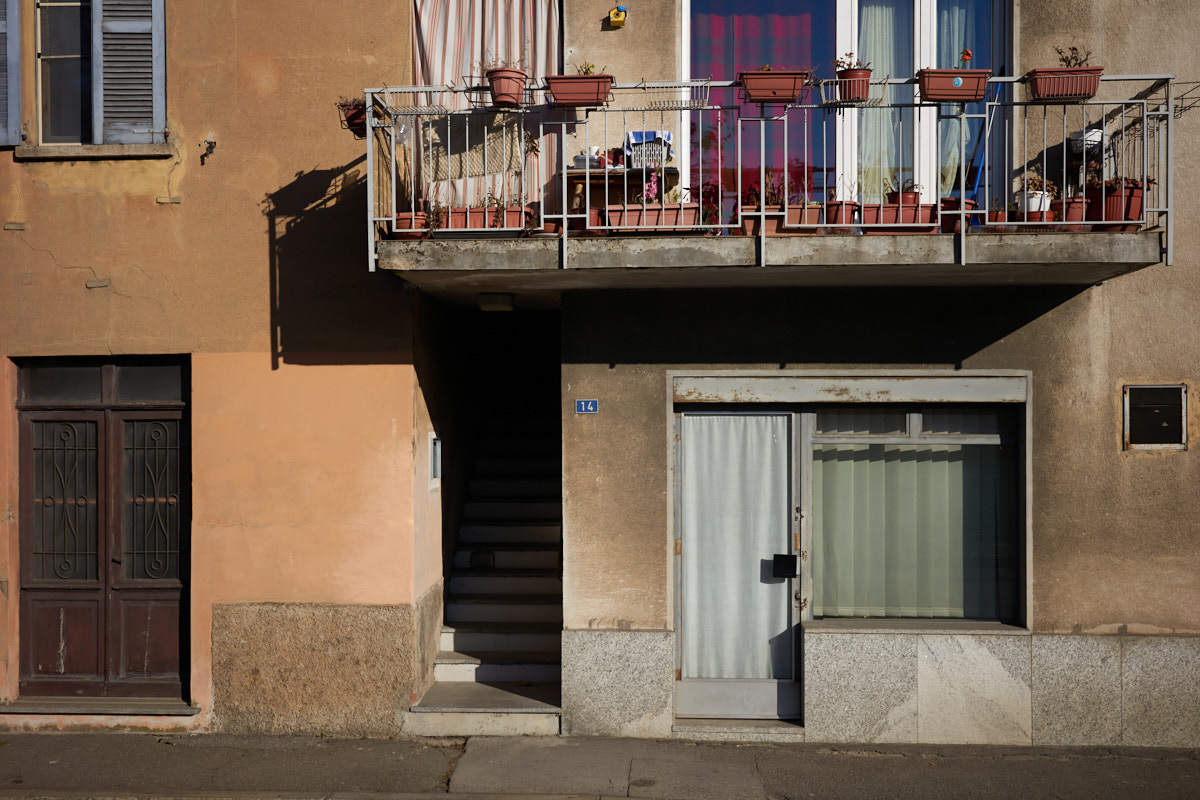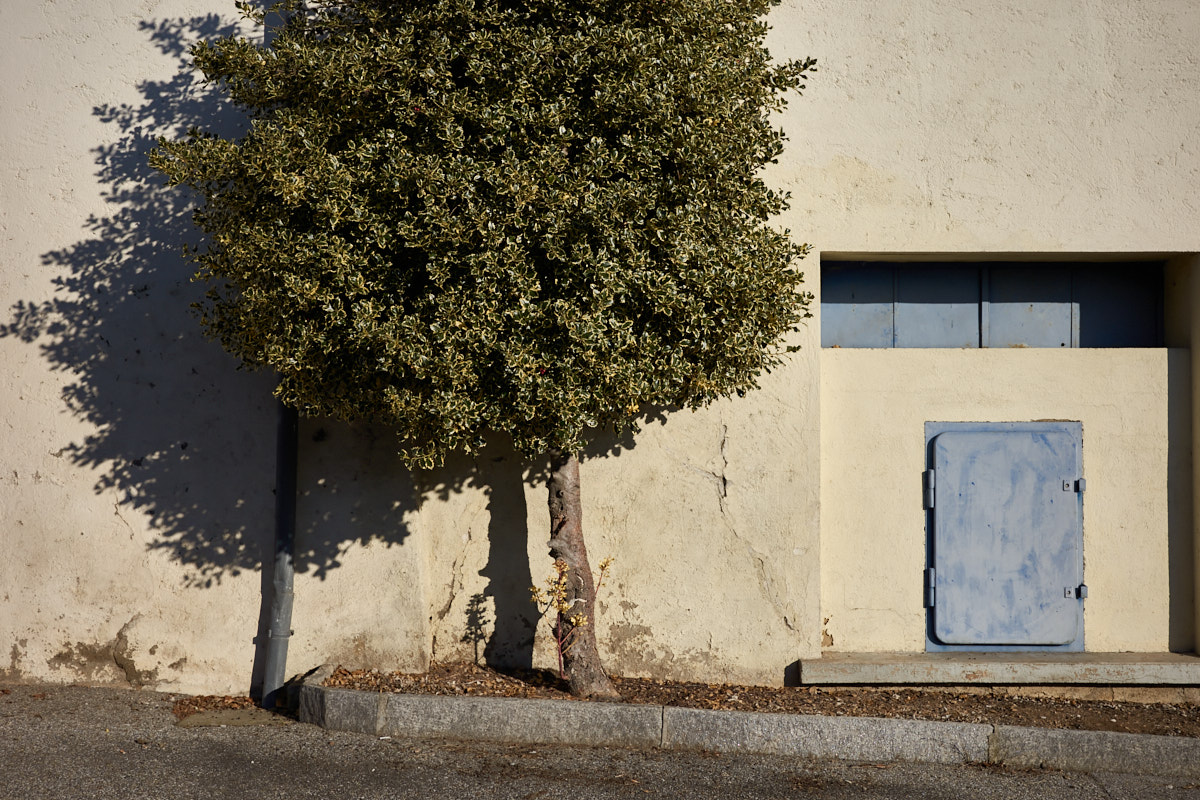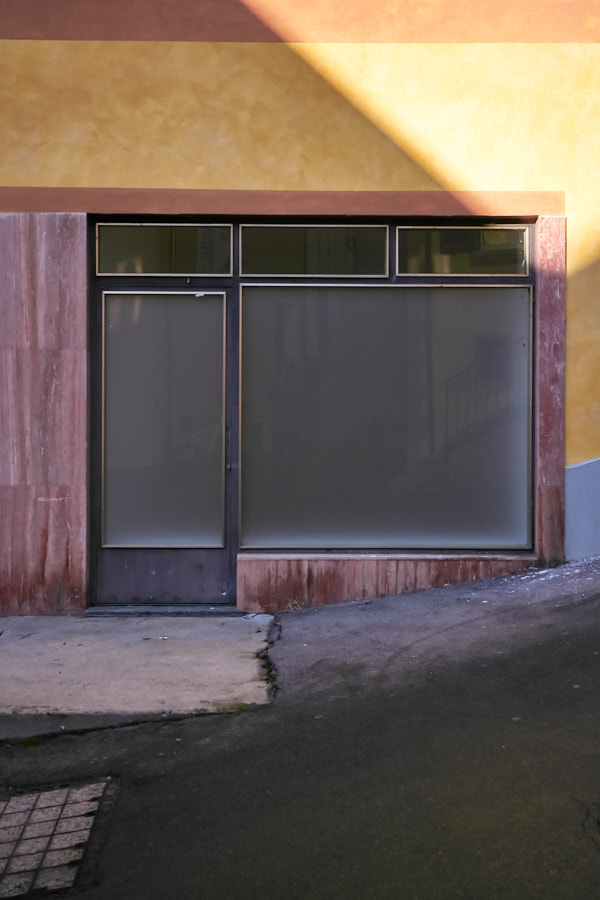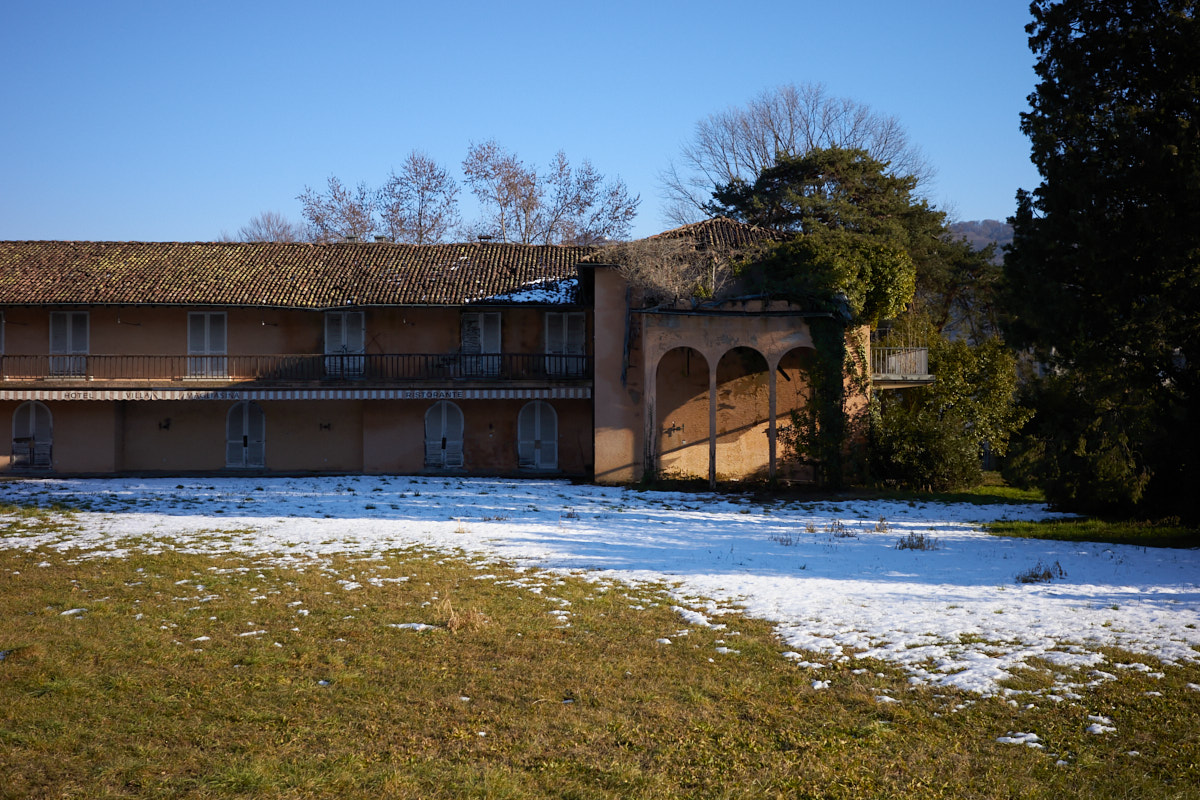On the road again
but…. bags???
This is mostly a post about camera bags. I’ll leave out the standard boilerplate about never having enough bags. Actually I have 3 bags in frontline service, an Atlas Athlete for “hybrid” trips and extended hiking, snowshoeing etc, a Mindshift Backlight 26L for more dedicated photography outings, and a Wotancraft Pilot 7L for street use. I also have a battered and semi-retired Domke F803 which still sees some use. This lineup has been stable for quite some time and all these bags have racked up considerable mileage. I’m very happy with all of them. However ...
Next week I’ll be heading off to Iceland, for the first time in 4 years, and so far as photography is concerned, the first time since 2016. It was time for a refresh. My plan was to take my Hasselblad X1DII along with 3 or 4 lenses. Being a bit nervous about some aspects of using the Hasselblad in the field, I decided that I would take a minimal Olympus kit as backup / secondary system. The Hasselblad would go in the Backlight backpack, and the Olympus in the Wotancraft shoulder bag. So far so good. Loaded up the Backlight bag was still well under 10kg, including MacBook Pro. The only minor snag is that it is a bit of a tight fit, getting the Hasselblad kit in the Backlight, mainly because the camera section is a little shallow. It’s fine for short trips, but it could mean that working out of the bag in Icelandic locations and winter conditions could be frustrating. So I started poking about online for alternatives. I was restricted by the quite severe Icelandair carry on size restrictions: the Backlight 26L fits in easily, but the obvious alternative, its 35L big brother, violates two dimensions. So that one was out.
Looking around online, it was impossible to avoid the blanket faux-review marketing by Shimoda. Unable to resist, I ordered a Shimoda V2 Explore 30L, which does just fit into Icelandair’s draconian rules. Actually I had to order the “starter kit”, including an unecessary medium “V2 Core Unit Modular Camera Insert”: it was clear I’d need the large one. Anyway, it was returned to sender with 24 hours. First of all, the bag actually has less useful capacity than the Backlight 26L. The “camera insert” is less deep than the Backlight’s camera section. My impression of the rest of the bag is that it seems well built, but heavens is it fiddly. Lots and lots and lots of Features for YouTube Influencers to bang on about, but quite honestly it feels like it was designed to be looked at and fawned over, not be actually used. The Louis Vuitton of camera bags.
Next attempt was the NYA-EVO Fjord 36L, with large size Removable Camera Insert (RCI), currently in a box on its way back to Belgium. This was a bit of a trickier decision. Actually in one dimension the Fjord 36L does exceed Icelandair rules, but first, this is depth, the most critical for me, and second, the other two dimensions are well within limits. Also the NYA-EVO provides a very well thought out method of stashing the waist straps, making it look more compact. I expect I could sneak it through. Actually I never fully unpacked the RCI inserts, as I wanted to ensure I could easily repack everything in untouched condition if I needed to return it. My very first impression of the Fjord 36L wasn’t actually all that positive. It arrived fully packed down, and gave off quite a chemical stench when I first removed it from its plastic cover. Initially it also seemed rather flimsy. However second impressions were much better, and it does seem to be very well built, from strong material which I expect would stop smelling quite so bad over time.
One word of advice to NYA-EVO - ship your bags assembled, like Shimoda does. The box it came in was easily big enough to contain an assembled bag, and it would give a much better first impression. Especially given the premium price, you could put a little effort into presentation. And indeed source some less flimsy boxes.
Still, once again the actual load capacity seemed not a lot higher than the Backlight 26L. And with the large RCI, there actually is very little extra space left in the main compartment, although there are several full length front compartments which are similar to those on the Backlight - probably a touch larger. So I was a bit dubious. It didn’t seem to offer significantly more than the Backlight, and where it did, it was verging into Atlas Athlete territory. I convinced myself nevertheless to give it a fair trial, but then encountered a showstopper. At 1.91 meters tall, normally proportioned, the bag with harness at fully extended position was slightly too short for me. The waist straps were sitting too high to transfer load to my hips, so therefore useless, not to mention looking pretty stupid. So sadly, once again it got returned. And I’m really NOT in the habit of returning things, it is an almighty pain. Swiss vendors are really not into “return culture”, and returning to international vendors requires extensive paperwork and considerable cost.
The NYA-EVO Fjord 60L may be a good alternative, but it exceeds most European airline’s carry on dimensions. However potentially it could replace the use scenarios of both my Atlas bag (which is showing signs of wear) and the Backlight, and I could go for the option of taking just the RCI as carry on luggage. But I have to say I’m not all that keen on that idea, in fact I’m not a big fan of removable inserts in the first place.
If only there was a Backlight 30L. One big marketing point of both Shimoda and NYA-EVO is that they have ultra comfortable carry systems. Well, at best both of them more or less come up to the standard of the Backlight’s shoulder and waist straps.
So I’m back where I started. Looking at my packed duffel bag, full of winter clothing and boots, with the weight creeping towards 20kg, and the backpack, and the shoulder bag, and considering I need to change trains twice, take a flight, then a bus, just to arrive in Reykjavik, I started to feel I was not going to enjoy this much. So I decided to slim things down. First, difficult decision was to jettison the Hasselblad. Replacing this was one Olympus body, 8-25mm, 12-40mm, 40-150mm f/4 and 17mm f/1.2 lenses. No backup body, but the Ricoh GRIII pair as secondary system, along with their converter lenses. This added up to 6.5kg including the MacBook Pro, so quite persuasive. Then I could switch the 2kg Gitzo Explorer tripod for the 0.8kg Gitzo Traveller. Finally, really taking a leap, I decided to substitute the MacBook Pro with my iPad Air M2, running Capture One for iPad.
Finally I’m tending towards lightweight, and have avoided buying a new bag. A side effect of all of this is to push me more and more towards the opinion that digital medium format just doesn’t suit me, so I may well start divesting myself of all these expensive Hasselblad lenses on my return. I’m more suited to toy cameras.

The Backlight 26L with my final camera & lens selections

















